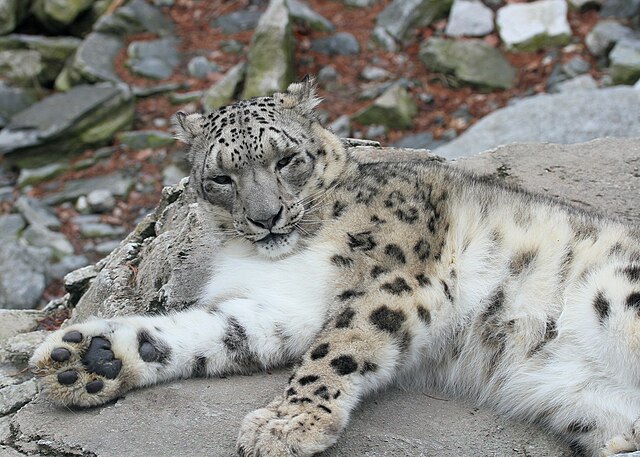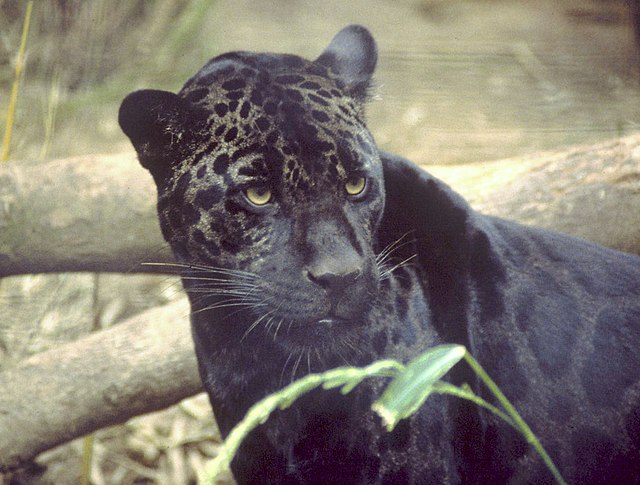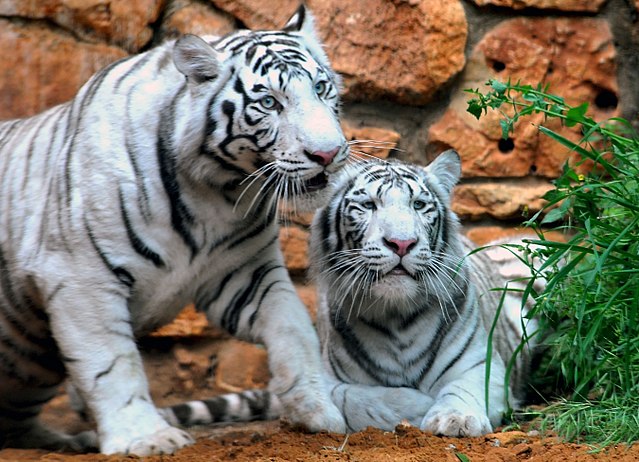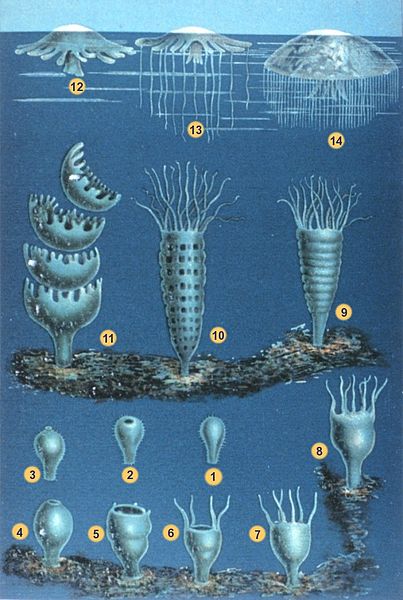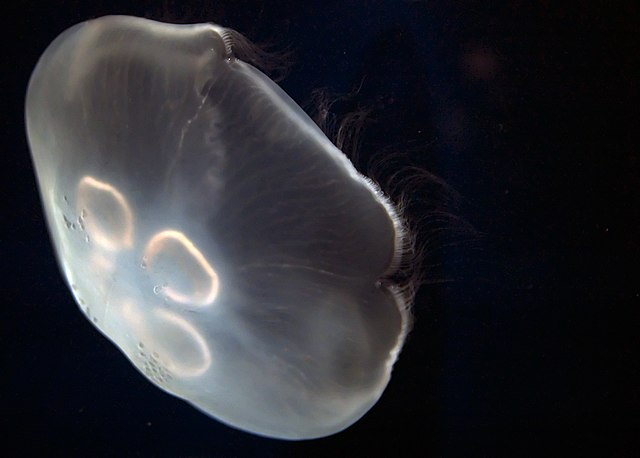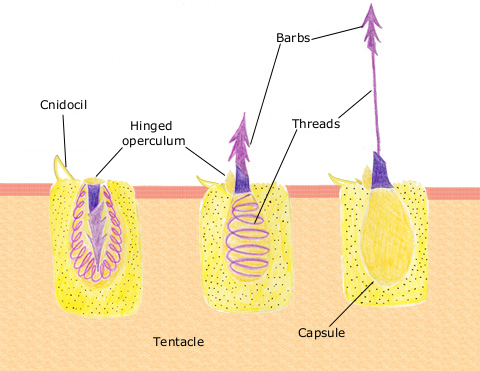We just learned about the Snow Leopard.
Another type of cat is the Clouded Leopard.
This cat lives in the himalayan mountains in Asia near China.
There are not many of these cats left, with only about 10,000 of them around.
The clouded leopard and sunda clouded leopard are actually two different types of cats, but are very difficult to tell apart other than where they live, as the sunda lives in Borneo and Sumatra.
These cats have dark grey fur, with black and dark blotched spots on them.
They have black ears and some stripes on their face and shoulders.
The clouded leopards are much smaller than other leopards, weighing only about 50 pounds, and being less than 4 feet long.
Because these cats live in the mountains, they are great climbers.
They can even climb down a tree head first, hanging on with their back paws wrapped around the tree.
These cats are also great jumpers, and can easily jump over 4 feet high.





(from: wikipedia - clouded leopard)
Kid Facts - Blast from the past: Nomura's Jellyfish


